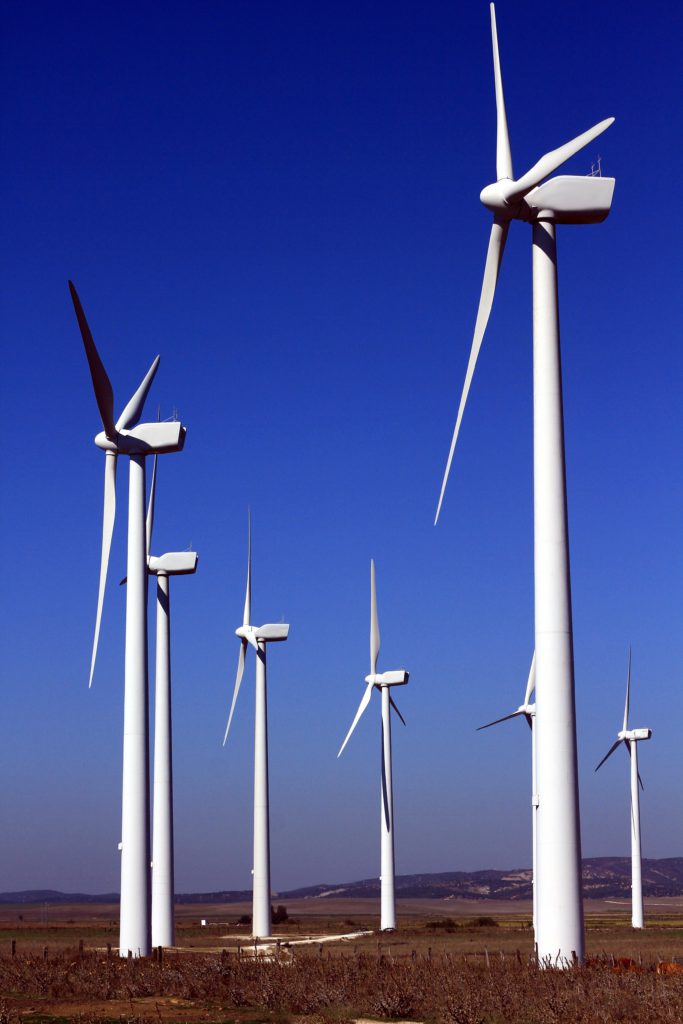Dr Iain Staffell, Professor Richard Green, Professor Tim Green and Nathan Johnson – Imperial College London, Dr Malte Jansen – University of Sussex, Professor Rob Gross – UK Energy Research Centre
In the first quarter of 2023, the pecking order of Britain’s electricity generation mix got turned on its head. Wind overtook natural gas to become the largest source of electricity for the first time ever. At the same time, Britain imported more electricity from abroad than was generated by nuclear power, which fell to its lowest output in 40 years. We cover these important milestones in Articles 2 and 3, reflecting on the very different fortunes of Britain’s low carbon generators.
This year saw the US bring in its largest ever legislation for clean energy. The Inflation Reduction Act, along with other bills, will unleash over $500 billion of funding towards renewables, batteries, carbon capture and storage, nuclear, hydrogen, and grid upgrades. In Article 4 we size up the monumental support being given and compare it to the UK government’s offering for clean tech.
The US is not just providing more funding, it is working to eliminate the red tape and other bottlenecks that hold back the transition to clean energy. In contrast, a worsening financial climate for UK renewables and restrictive regulation have stifled new installation of solar PV and onshore wind farms. Article 5 looks at how the UK has slide down the global renewable energy rankings. Despite having more solar PV capacity than the entire continent of Africa, the UK didn’t even place in the top 100 countries for new installations last year.
In other news, wholesale electricity prices are falling rapidly towards pre-crisis levels. Prices fell by two-thirds over the last seven months, and in April they averaged below £100/MWh for the first time since July 2021. Consumer bills should therefore fall in the coming months, as there is a 6-month lag between changes in wholesale and retail prices.
While the sky-high energy prices of the last two years were triggered by post-COVID supply chain disruption and Russia’s invasion of Ukraine, illegal market manipulation may have made things even worse. Bloomberg report that power trading firms cost UK bill payers nearly £500 million over the last two years. Echoing Enron’s role in the 2001 California electricity crisis, traders cut off capacity ahead of periods with high demand, while simultaneously offering power from the same plants to the balancing mechanism – a side market dedicated to balancing the grid – where they could charge four times more to meet the shortfall in demand that they created. Similar investigations are now being launched elsewhere in Europe.
British electricity prices over the past five years
